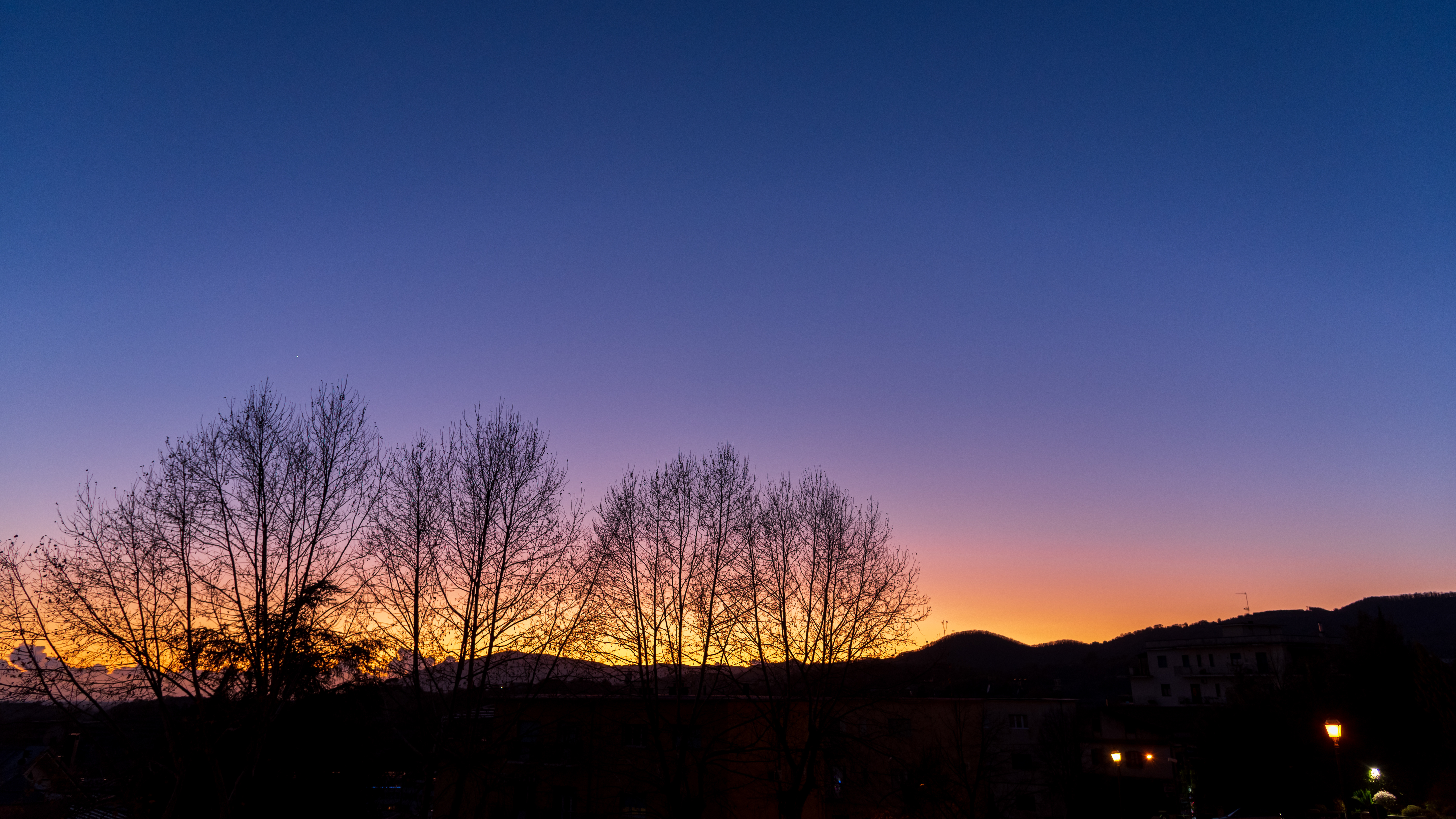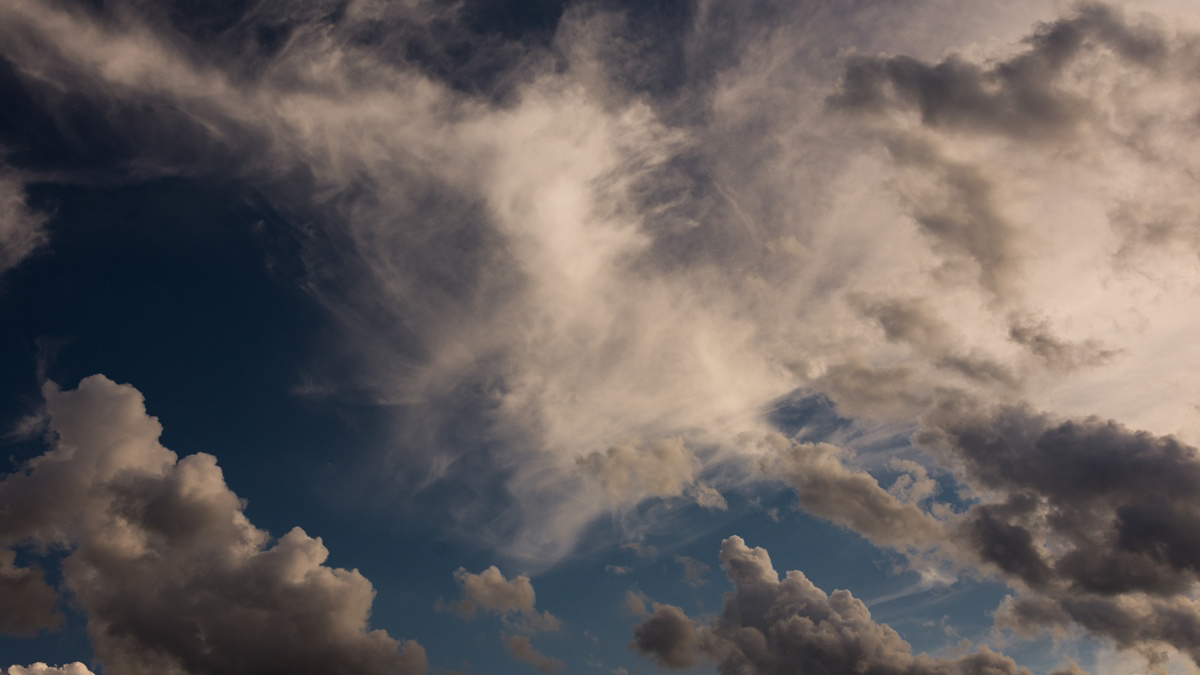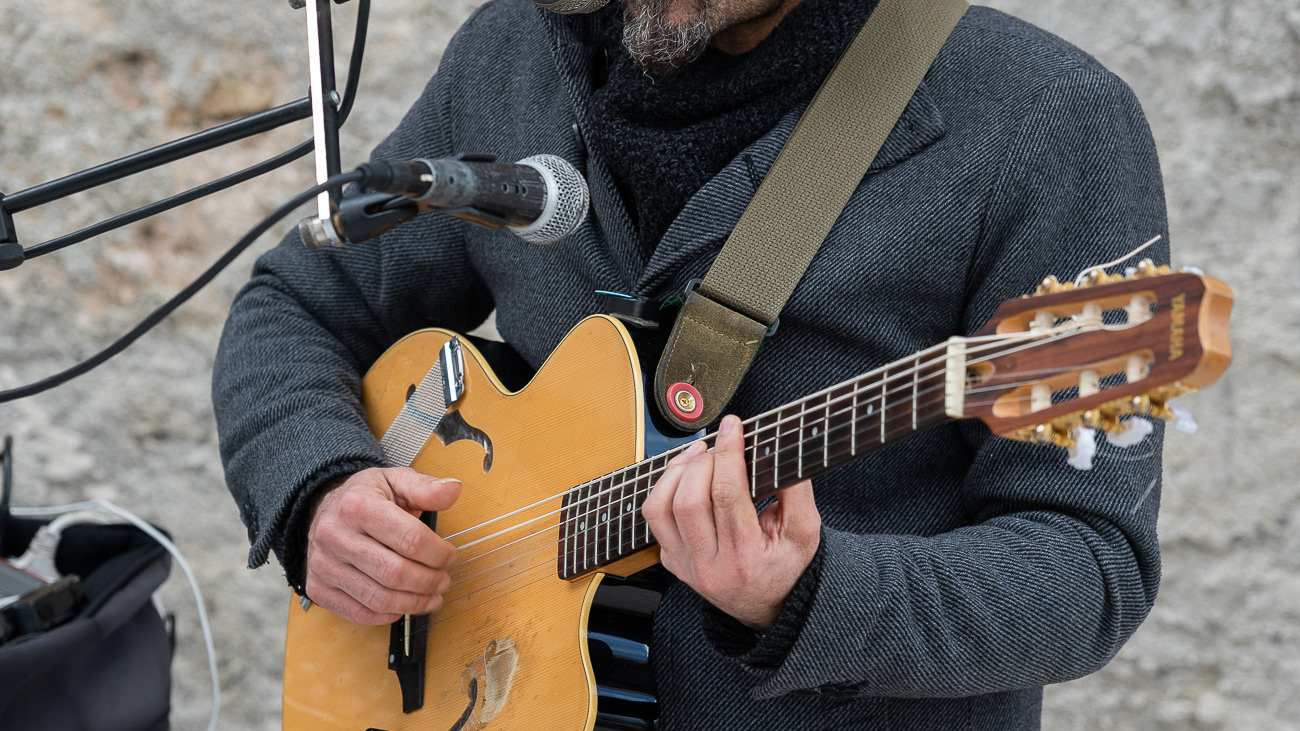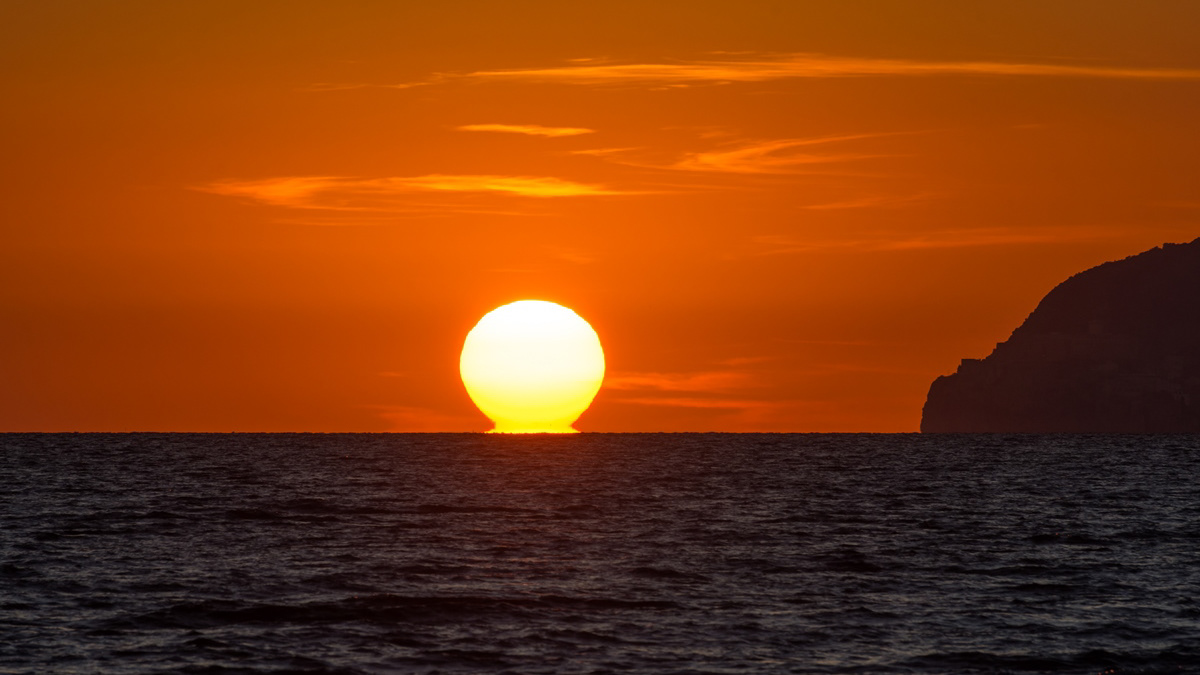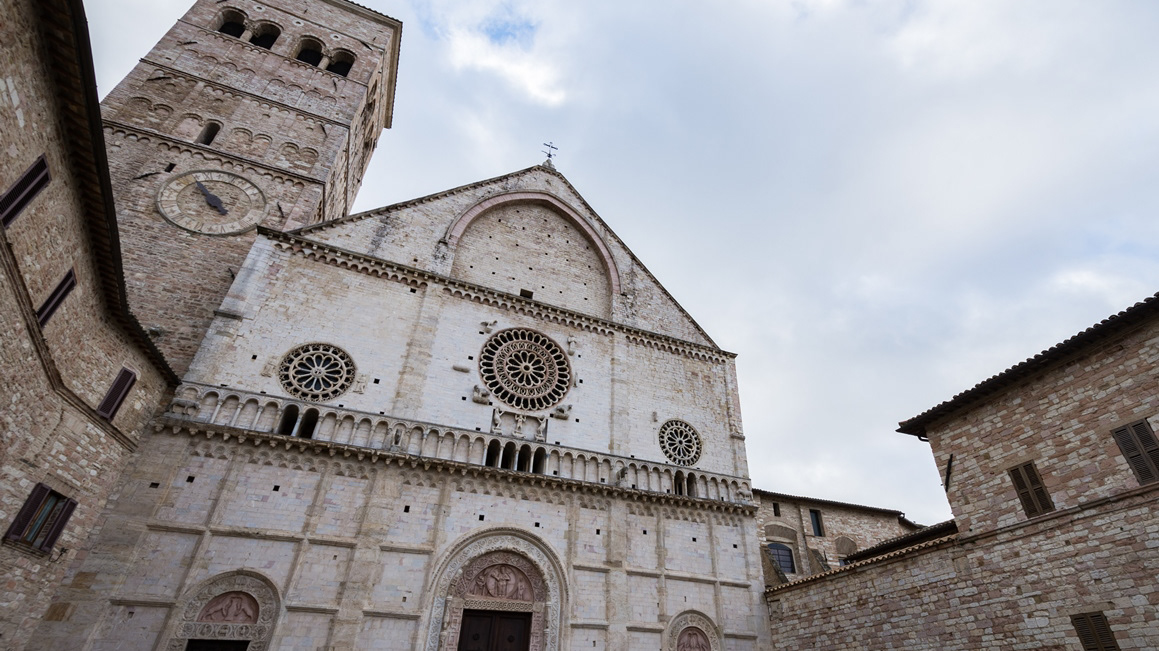Assisi - Basilica of San Francesco
The basilica of San Francesco is located in Assisi, it is the place that since 1230 preserves and guards the mortal remains of the seraphic saint. Wanted by Pope Gregory IX as specialis ecclesia, it was awarded by the same Pontiff the title of Caput et Mater of the Minorite Order and at the same time entrusted in perpetuity to the same friars. In the complex history that marked the evolution of the Order, the basilica (and the adjoining Sacred Convent) was always guarded by the so-called "community friars", the group that later went on to form the Order of Friars Minor Conventual. At the sepulchral church of the Basilica where the altar on the tomb of the saint was erected, on November 19, 1585, the Franciscan Pope Sixtus V, with the bull Supernae dispositionis, established the Archconfraternity of the Cordigeri. In 1754 Benedict XIV elevated it to the dignity of patriarchal Basilica (since 2006 "Papal Basilica") and Papal Chapel. In the year 2000, together with other Franciscan sites in the district, the basilica was included in the UNESCO World Heritage List.
You may also like

